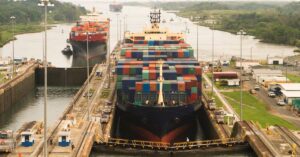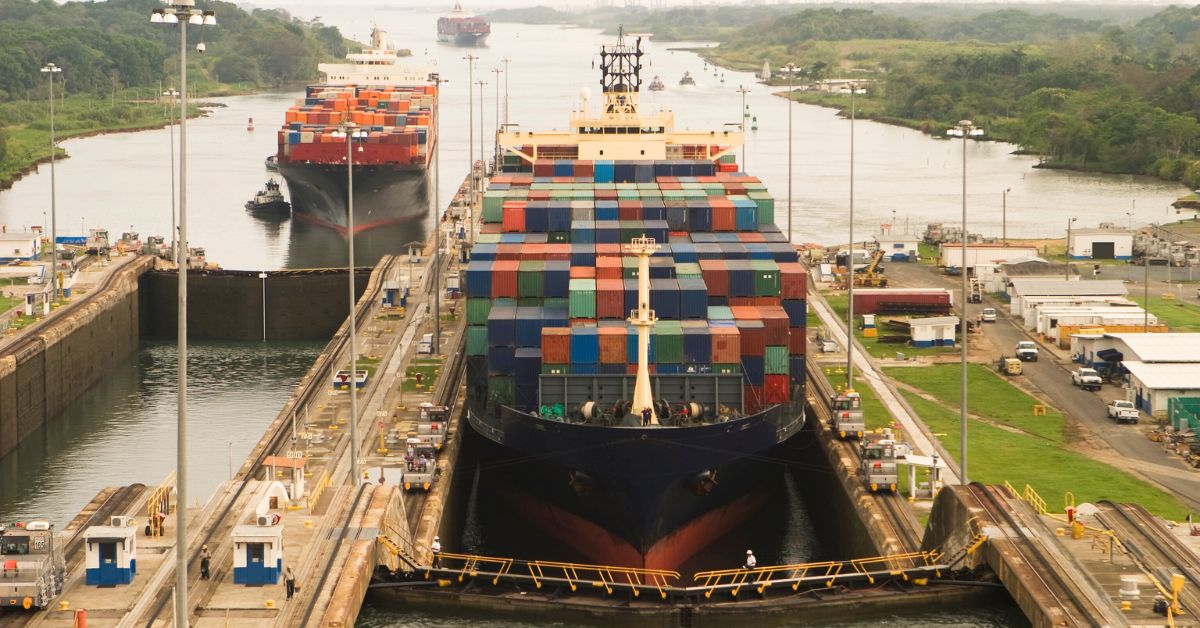
Container Ship Denied Entry To Spanish Port Over Alleged Arms Shipment To Israel
November 11, 2024
Dredger Crew Face Charges For Causing Singapore’s Worst Oil Spill In A Decade
November 12, 2024

The Panama Canal Authority is working on plans to double the number of containers passing through its crucial waterway in the coming years, according to its chief, Ricaurte Vasquez, who spoke at a recent conference.
The decision is part of an $8 billion investment plan to increase container capacity, conserve water, and improve the canal’s efficiency for trade between the Atlantic and Pacific Oceans.
After a severe drought that hindered the canal’s traffic in late 2023 and early 2024, the authority introduced a water-saving strategy to meet the increased demand for container transport.
Vasquez shared that the canal is asking shipping companies to combine their cargo loads, especially for container ships, so that each transit uses less water.
Container ships are currently the most important part of the canal’s operations. The authority also plans to develop land on the canal’s west bank to increase cargo offloading and transfer capacity through trucks, rail or other ships.
The upgrade could increase the canal’s total container capacity by 5 million TEUs (Twenty-Foot Equivalent Units) per year by 2045, totalling the container handling capacity to around 13 million TEUs annually.
The canal was previously expanded in 2016 to include a third set of locks, allowing larger container ships to pass and shifting its focus from bulk carriers to containers.
Vasquez said that, despite the fact that drought restrictions have been lifted, U.S LNG producers are using other routes because of strong demand in Europe and competitive shipping costs.
Still, increased LNG demand in Asia could lead to more LNG ships returning to the canal next year.
The canal also introduced a new reservation system, providing container and LNG ships 40% of the largest dock capacity for next year.
This improves scheduling and ensures reliable transit slots.
Vasquez also expressed concern over possible trade tensions between the U.S. and China, which would impact canal traffic, especially for LNG shipments.
He said that high tariffs on Chinese goods could disrupt trade and the canal is keeping a close watch on developments.
Reference: Reuters, World Cargo News
Source: Maritime Shipping News


